Introduction
Masjid Al-Aqsa, meaning “the farthest shelter” or “the farthest mosque” in Arabic, is a significant holy site located in the Old City of Jerusalem in Palestine. As the third holiest site in Islam, after Masjid Al-Haram in Mecca and Masjid An-Nabawi in Medina. Masjid Al-Aqsa holds a special place in the hearts of Muslims worldwide.
Al-Aqsa Mosque was built on the site of the Second Temple. It has a rich history dating back to the time of Prophet Muhammad (peace be upon him). It was the first qibla (direction of prayer) for Muslims before the Kaaba in Mecca. Prophet Muhammad (SAW) visited the mosque during his miraculous night journey (Isra and Mi’raj).
Al-Aqsa is not only a place of worship but also a symbol of Muslims’ connection to the Holy Land. It is believed to be the site of the Second Coming of Jesus (peace be upon him). The mosque’s architecture, a blend of Islamic and Byzantine styles, reflects its long and complex history.
Today, Masjid Al-Aqsa remains a place of great spiritual significance for Muslims. It is a symbol of their strength and their lasting connection to the Holy Land. Despite facing numerous challenges, Muslims continue to strive to protect and preserve this holy site.
Importance of Masjid Al-Aqsa
The importance of Masjid Al-Aqsa is deeply rooted in Islamic tradition as mentioned in the Quran and Hadith. The Quran directly references it in Surah Al-Isra (17:1). This verse describes the Prophet Muhammad’s (PBUH) miraculous night journey, known as Al-Isra wal Miraj.
Several prophets, including Prophet Ibrahim (Abraham) (AS), Prophet Dawud (David) (AS), and Prophet Suleiman (Solomon) (AS), are connected to the mosque.
The history of Masjid Al-Aqsa
The Al Aqsa Mosque was initially planned as a small prayer house. However, in 705 CE, Umayyad Caliph Abd al-Malik and his son al-Walid destroyed and rebuilt it.
Multiple earthquakes throughout history, in 746 CE and 1033 CE, destroyed the structure of Masjid Al-Aqsa. However, each time, the historical mosque was remodeled and reconstructed. Various ruling dynasties of the Islamic Caliphate added the dome, façade, minbar, minarets, and interior of the mosque.
During the Crusades in 1099, the Crusaders captured Jerusalem. They used the Al-Aqsa Mosque as a palace complex until Saladin, the first Sultan of Syria and Egypt, recaptured it in 1187.
The Ayyubid (Muslim-Kurdish) dynasty, the Mamluk Sultanate (which controlled the Levant, Hejaz, and Egypt), the Ottoman Empire, the Supreme Muslim Council, and Jordan all modified and expanded the mosque. Al Aqsa Mosque is currently under the management of the Jordanian and Palestinian Islamic Waqf.
Who Built Masjid Al-Aqsa?
The history of Masjid Al-Aqsa’s construction is deeply rooted in Islamic tradition. While Prophet Adam (AS) is believed to have initially built the mosque, it was significantly damaged over time. Prophet Ibrahim (AS) and his son, Prophet Ishaq (AS), traveled to Jerusalem to find the remains of Masjid Al-Aqsa and reconstruct it. Later, Prophet Ibrahim (AS) started living in the Blessed Land.
After Prophet Ishaq (AS) passed away, his sons left Palestine and migrated to Egypt, leaving no one to care for Masjid Al-Aqsa. As a result, the holy mosque’s foundation started to crush and became hardly damaged.
Allah (SWT) commanded Prophet Dawood (AS) to rebuild Masjid Al-Aqsa. During the construction, Prophet Dawood (AS) prayed in the mosque’s compound. Unfortunately, he passed away before the mosque’s construction was completed.
Prophet Sulayman (AS) continued the construction work after Prophet Dawood’s (AS) death. He commanded the Jinns to help him rebuild Masjid Aqsa, and The Jinns built the structure we see today. The Architecture of Masjid Al-Aqsa. The architecture reflects the rich history and different cultural forces that have shaped Jerusalem over the centuries.
The Al-Qibli Mosque
- Main Prayer Hall: The Umayyad Caliphs constructed the prayer hall in the 7th century. It is the primary place of worship for Muslims visiting the Al-Aqsa compound and serves as a focal point for community gatherings, religious events, and daily prayers. The mosque’s architecture, a blend of Islamic and Byzantine styles, reflects the rich history and diverse influences that have shaped Jerusalem over centuries.
- Structure and Design: The Al-Qibli Mosque, is the main congregational hall within the Al-Aqsa compound. It is characterized by its iconic silver dome. Located on the southern side, it is a large rectangular building with a central nave leading to the mihrab. The roof is supported by rows of columns and arches, creating a spacious and awe-inspiring prayer hall.
The Dome of the Rock
The Al-Aqsa compound contains the Dome of the Rock, which many often mistake for Masjid Al-Aqsa. However, the Dome of the Rock is a separate structure. Umayyad Caliph Abd al-Malik built it between 685 and 691 CE. Consequently, it stands as a prime example of early Islamic architecture with its central octagonal plan.
The Minarets
The Al-Aqsa compound features four distinctive minarets, each reflecting a different period of Islamic architecture. These minarets, used for calling people to prayer (adhan), showcase the diverse styles and influences that have shaped Jerusalem over centuries.
- Al-Fakhariyya Minaret: Located at the southwestern corner, it was built in 1278 during the Mamluk period. It is a square tower with a projecting balcony.
- Ghawanima Minaret: Built between 1297 and 1298, this is the tallest minaret and stands at the northwestern corner.
- Bab al-Silsila Minaret: They built it around 1329, and it is known as the Chain Gate Minaret. Located on the western side, it stands as a notable feature.
- Minaret al-Asbat: Constructed in 1367, this cylindrical minaret on the northeastern side has a visually different appearance from the others.
The Mihrab and Minbar
- Mihrab: It indicates the direction of Mecca and features elaborate reliefs and patterns that reflect the mosque’s artistic heritage.
- Minbar: The imam uses it to deliver the Friday sermon (khutbah). The Al-Aqsa Mosque’s minbar has a significant history. Nur ad-Din commissioned it as a masterpiece of Islamic art. Later, Salahuddin Ayyubi installed it after his conquest of Jerusalem.
Al-Aqsa Mosque Door
The Al-Aqsa Mosque, along with its various gates, generally opens from early morning (Fajr prayer) until after the Isha prayer. However, the exact opening and closing times may vary depending on the season and specific religious events.
The Masjid al-Aqsa compound has 15 gates. Currently, 10 gates are open, and 5 gates are closed. However, the opening or closing of gates is subject to permission from the police, who regulate site entry. Here is a list of the prominent open gates:
- Bab al-Maghariba (Moroccan Gate): Israeli authorities control the only gate on the southwestern side, and non-Muslim visitors use it to enter the compound.
- Bab al-Asbat (Lion’s Gate): Worshippers often use this gate, located on the northeastern side, when entering from the Old City’s Muslim Quarter.
- Bab Hutta (Hutta Gate): Situated on the northern side, locals frequently use this gate as one of the oldest gates.
- Bab al-Ghawanima (Ghawanima Gate): Found on the northwestern side, it leads directly to the Masjid al-Qibli.
- Bab al-Nazir (Inspector’s Gate): Located on the western side, it is sometimes referred to as Bab al-Majlis because it leads to the Council House.
- Bab al-Qattanin (Cotton Merchants’ Gate): Positioned on the western side, this gate leads directly to the Cotton Market and is considered one of the most beautiful gates.
- Bab al-Hadid (Iron Gate): On the western side, worshippers and locals commonly use this gate.
- Bab al-Mathara (Ablution Gate): Situated on the western side, it provides access to the ablution facilities within the compound.
- Bab al-Silsila (Chain Gate): Located on the western side, the main gate used by worshippers is one of the key entrances.
- Bab al-Sarai (Council Gate): Found on the western side, it provides entry near the offices of the Islamic Waqf.
Closed Gates:
- Bab al-Tawfiq (Gate of Divine Success)
- Bab al-Muthanna (Gate of Double Blessing)
- Bab al-Rahma (Golden Gate): This gate is on the eastern side and is one of the oldest gates, now sealed off.
- Bab al-Khalil (Hebron Gate)
- Bab al-Kabir (Great Gate)
These gates have a historical and religious significance, each holding a unique place in the history of the Al-Aqsa Mosque compound.
Where is Masjid Al-Aqsa?
The Al-Aqsa Mosque is located in the southeastern part of the Old City of Jerusalem.
Masjid Al-Aqsa Map Location

Masjid Al-Aqsa Photo

Facts About Masjid Al-Aqsa
Here are some critical facts about Masjid Al-Aqsa:
1. The First Qibla
Before the direction of prayer (Qibla) was changed to the Kaaba in Mecca, Muslims initially faced Masjid Al-Aqsa during their prayers. This period, lasting for about 16 to 17 months after the migration (Hijra) of the Prophet Muhammad (PBUH) to Medina underscores the mosque’s early and ongoing importance in Islamic worship.
To learn more about the direction of the qibla, visit this link: The Journey of Qiblah: From Bait-ul Maqdis to Kaaba.
2. The Night Journey (Isra and Mi’raj)
The event of Al-Isra and Mi’raj is one of the most significant occurrences in Islamic tradition, highlighting the spiritual and divine importance of Masjid Al-Aqsa. This miraculous journey promoted Masjid Al-Aqsa’s status as a place where the earthly and the divine connect, making it not only a place of historical significance but also a site of more spiritual importance.
For more information, click this link: Al-Isra and Wal-Miraj: Story of the Prophet’s Miraculous Journey.
3. Compound of Masjid Al Aqsa
In the compound of Masjid Al Aqsa, there are many graves of respected Muslims, including the grave of Prophet Suleiman (AS).
4. Mention Quran
The Quran mentions the mosque’s name along with the Holy Kaaba.
FAQs About Masjid Al-Aqsa
No, Masjid Al-Aqsa is not destroyed. The mosque still stands in the Old City of Jerusalem and is an active site of worship.
Masjid Al-Aqsa is located in Jerusalem.
The Al-Aqsa Mosque compound is located in East Jerusalem. Israel captured this area during the Six-Day War in 1967 and has maintained control since then. However, Palestine also claims East Jerusalem as the capital of a future Palestinian state.
The Jordanian and Palestinian Islamic Waqf currently manage Al Aqsa Mosque. While the Waqf oversees religious activities and internal management, Israel controls overall security and access to the site.
Muslims primarily use Masjid Al-Aqsa as a site of worship. However, the broader Temple Mount (Haram al-Sharif) area also holds religious significance for Jews and Christians. Authorities allow non-Muslims to visit the compound during specific hours, but they do not permit them to pray there.
Jerusalem is a city claimed by both Israel and Palestine. The international community recognizes West Jerusalem as part of Israel. Meanwhile, Palestine claims East Jerusalem, where Masjid Al-Aqsa is located.
Israeli bombardment mainly destroyed the Omari Mosque in Gaza on Dec. 8, 2023.
The Quran does not explicitly mention the term ‘Palestine.’
Islamic tradition holds that many prophets are interred in or near the Al-Aqsa Mosque compound. However, their exact burial sites remain unknown.
1. Prophet Solomon (Sulaiman AS)
2. Prophet David (Dawud AS)
3. Prophet Moses (Musa AS)
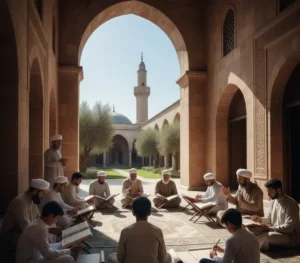
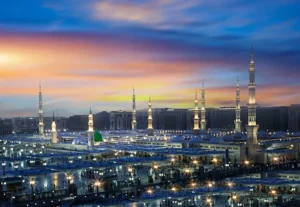

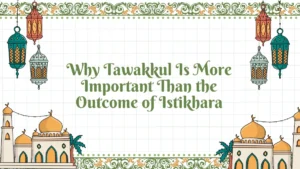



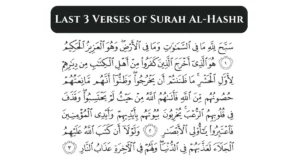
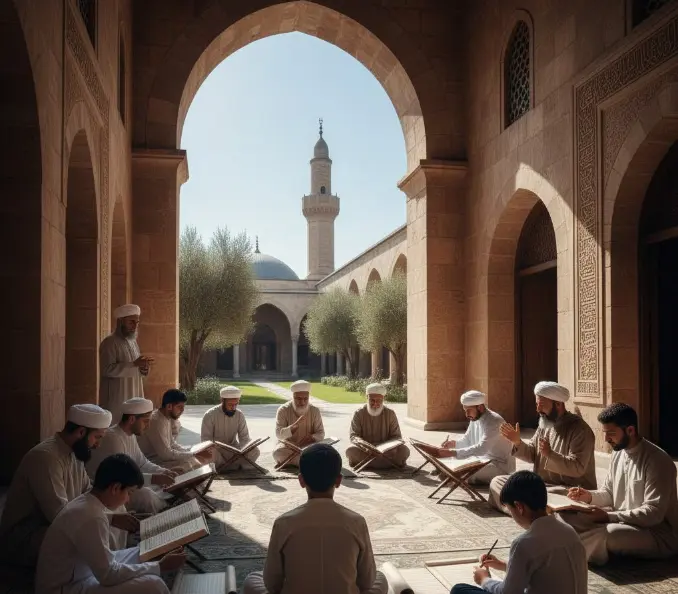
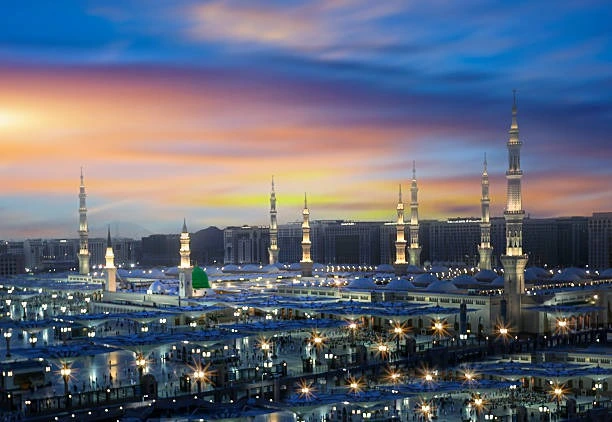

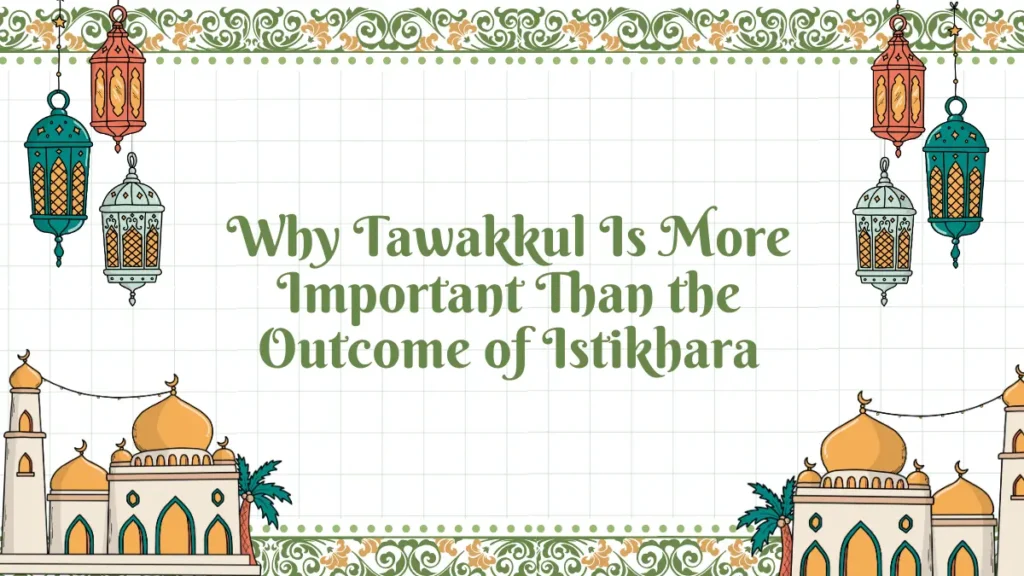
2 thoughts on “Masjid Al-Aqsa: The Historical Significance and Architecture”
Your point of view caught my eye and was very interesting. Thanks. I have a question for you.
Yes, please let us know what’s your question?